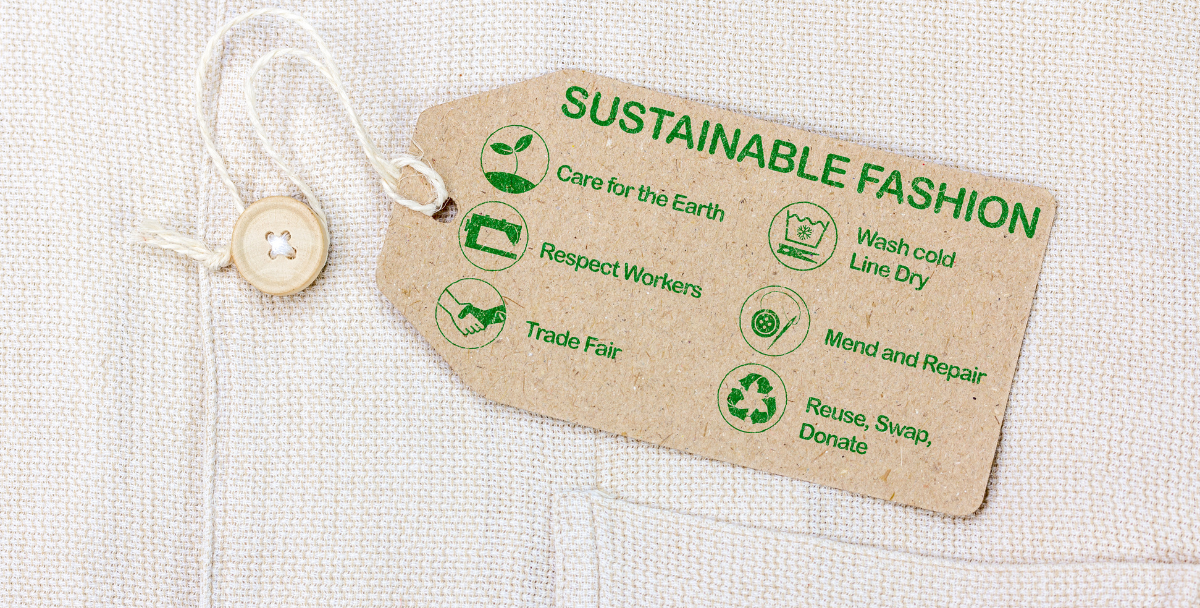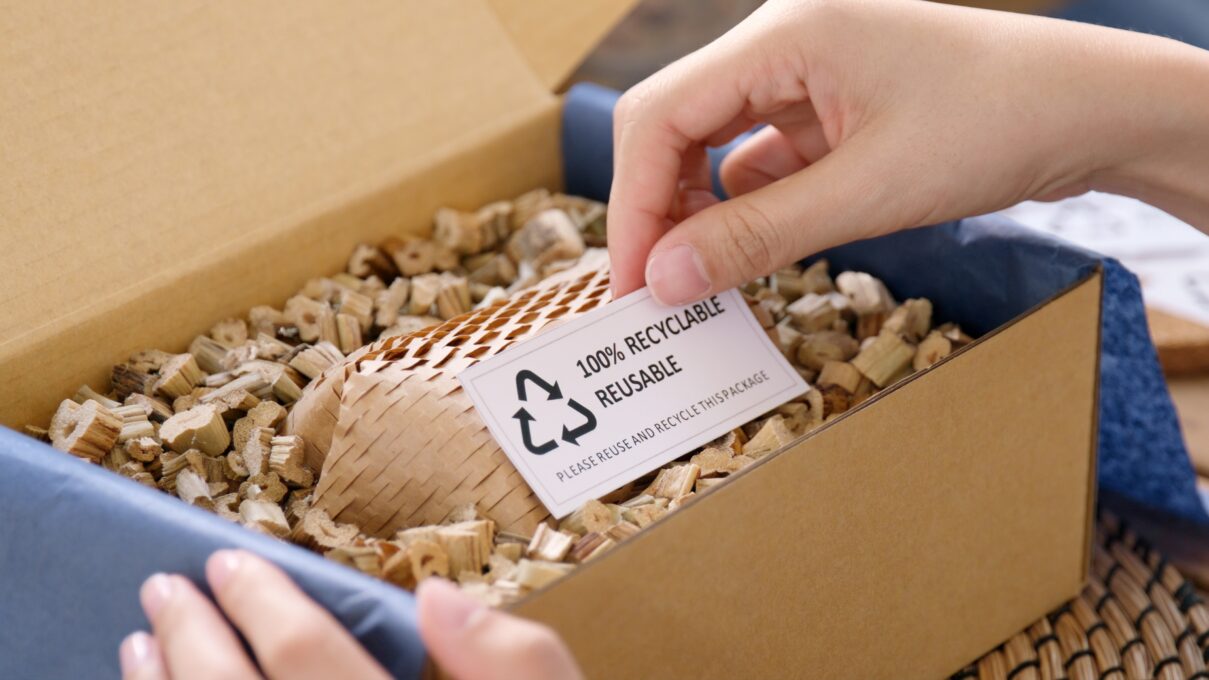Sustainable manufacturing

It’s no secret that the world is increasingly facing environmental challenges. Pollution, lack of resources and climate changes seem to be the norm now. So, what can companies do to mitigate all these problems? And, what’s the role of sustainable manufacturing in it?
At Tradebe, we want to shine a light on this situation to show you the role sustainable manufacturing can play in your company. Additionally, we aim to give you insights into the impressive potential of eco-friendly practices in driving business growth and the conservation of the environment. Let’s begin!
Why sustainable manufacturing matters
As with any practice, sustainable manufacturing encompasses various methods to enhance the eco-friendliness of production. According to the U.S. Environmental Protection Agency (EPA), it involves creating products in ways that benefit both the economy and the environment. But what does this actually mean? It means employing processes that minimize environmental impact while conserving energy and resources.
Why sustainable manufacturing matters
Many organizations have already begun prioritizing eco-friendliness in their product manufacturing. This trend is no longer limited to a few small companies; now, large businesses across various industries are also adopting sustainable practices. So, why has this become so important?
Cost and waste reduction
This is one of the most significant benefits of sustainable manufacturing, which in turn has a positive impact on both the environment and a company’s bottom line. Let’s break down how sustainable practices can lead to substantial savings:
- Material efficiency: This might mean reusing materials or finding alternatives that are more sustainable. To achieve this, organizations have to limit the amount of material needed for production and recycle waste products. Through this, they can significantly cut down on purchasing costs. For example, using recycled materials or opting for those that are more durable and require less frequent replacement can lead to long-term savings.
- Process optimization: This key aspect might involve redesigning processes to use resources more efficiently, optimizing production schedules to minimize downtime, or implementing lean manufacturing principles to eliminate unnecessary steps.
- Financial incentives: The immediate effect of lowering production costs and increasing efficiency is that businesses can improve their profit margins and gain a competitive edge in the market. Consequently, it creates a win-win situation where companies can do well financially while also doing good for the planet.
- Economic and social benefits: The remarkable effects of sustainable manufacturing are not only enjoyed by the plant. This practice is excellent for businesses and people too. By using resources wisely and getting more efficient, companies can save money and make more profit. Besides, when companies show they care about the environment, people like to buy their products even more. The consequence? The increase of trust and the right positioning of the company. And it’s not just about money. Sustainable manufacturing also makes communities healthier and safer. When organizations focus on keeping people safe and making the area better, it improves everyone’s lives.
Winning over customers and staying ahead
Nowadays, most of us are aware of the importance of taking care of the environment and, therefore, we pay more attention to how companies treat the planet. This shift in consumer behavior has made sustainability a key factor in purchasing decisions. But how does adopting these green practices give companies a competitive advantage?
Get more customers
With increasing concern for the environment, many consumers actively seek out products and services from companies that prioritize sustainability. When organizations embrace green practices, they can appeal to this growing demographic and attract new customers who are passionate about supporting eco-friendly businesses.
Keep your customers happy
When customers notice that a company is taking tangible steps to reduce its environmental impact, they feel good about supporting that brand and are more likely to remain loyal. This loyalty extends beyond just the product itself. It’s about aligning with a company’s values and feeling proud to be associated with it.
Stand out from the crowd
Companies that lead the way in sustainability can carve out a unique position for themselves and distinguish themselves from competitors. Through making environmental responsibility and innovation a priority, these organizations capture the attention of consumers who are looking for brands that share their values.

Key components of sustainable manufacturing
We have seen and understood what sustainable manufacturing is all about. Still, it’s important to notice that it has many parts. Let’s dive right into all of them:
- Minimizing environmental impact:Protecting the local environment by reducing pollution and emissions is one of the main objectives of sustainable manufacturing. This helps fight climate change and prevents health problems for local communities.
- Saving resources: It’s important to use resources such as raw materials, energy, and water wisely. Sustainable practices mean reducing the use and wasting less of these important materials, which helps to minimize our impact on the environment overall.
- Keeping everyone safe: Making sure that workers and the community nearby are safe is a fundamental aspect, too. This is achieved by making the workplace safe and preventing accidents that could hurt people or the environment.
How to make manufacturing greener
By this moment, you might be wondering how to make sustainable manufacturing effective. Then, let’s get into the nitty-gritty details of how companies are making their factories more eco-friendly:
- Reuse and recycle: Companies are striving to find ways to reuse their products, cutting down on waste and saving resources. One of these ways is through advanced sorting systems and chemical recycling processes that allow companies to extract resources from waste streams and put them back into the production process.
- Using clean energy: Instead of using resources like oil and gas, organizations are switching to energy sources that won’t harm the planet, such as wind and solar power. Also, they are installing energy storage systems to store excess renewable energy for use during periods of high demand.
- Using smart tools: New technological tools like predictive maintenance help companies use less energy and make less waste by keeping things running smoothly. For example, through the use of advanced algorithms and sensors to anticipate equipment failures, companies can improve maintenance and limit downtime.
- Letting robots help: New and more developed machinery can sometimes produce the things we need in a better and safer way, which means less waste and less energy used. Incorporating automation into manufacturing processes is one of the many ways companies are achieving this.
- Helping out: Some companies aren’t just stopping at the basics. They’re in fact going the extra mile to make things better for the environment, like the implementation of forestation schemes to make the world a little greener.
Being green is good for business
As we have seen, when companies prioritize making their factories eco-friendly, it’s a win-win situation for everyone. Besides boosting their reputation and attracting more customers who appreciate environmentally conscious businesses, it also saves them money in the long run.
At Tradebe we are a waste management company obsessed with the wise use of resources. We have seen all the benefits it brings firsthand. Together, let’s continue to champion the sensible use of resources and pave the way for a greener, more sustainable future. If you’d like to know more about our services or about us, please feel free to contact us.

































